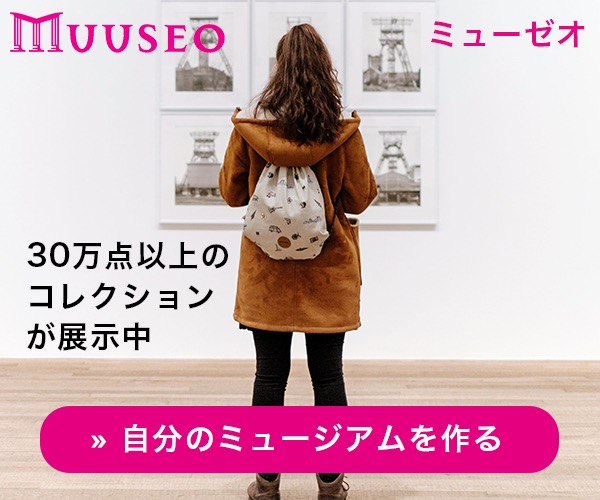- f5m6f4e Museum
- 19F 写ルンです の 部屋 A room of QuickSnaps
- 写ルンです Hi の変遷 The Transition of Utsurundesu Hi English text added
写ルンです Hi の変遷 The Transition of Utsurundesu Hi English text added
初代(写ルンですWikipedia では第一世代) 写ルンです は ISO 100の 110カートリッジ フイルム を使っていましたが、二代目は ISO 400の 35㎜ フイルムを使い、写ルンですHIという名でフラッシュが付いていません。1枚目の写真左は二代目の最初のタイプ、便宜上(2-1)とします。右は本体部分がやや薄くなった次のタイプで(2-2)どちらも SUPER HR フイルムを使用しています。ここまでが写ルンですWikipedia では第二世代。2枚目の写真左は(2-3)、右は(2-4)で 1989年4月からSUPER HG フイルムに変更。ここまでは通常の枚数24枚、36枚撮りで写ルンですWikipedia では第三世代。写ルンですWikipedia の第四世代では部品の再使用を前提とした設計に改めることで、再使用率を5%から70%に拡大し、またフィルムの装填を精密化することで、同じ長さのフィルムで3コマ多く撮影できるようにした。これはエコノショットと言って12→15、24→27、36→39枚撮りとなっている(3枚目の写真)。4枚目の写真左は手元にあった撮影済みの15枚撮りのもので正面には写真右のようなエコノショットのロゴがありません。
The first generation (the first generation on Wikipedia) used 110 cartridge film at ISO 100, but the second generation used 35mm film at ISO 400 and did not have a flash under the name HI. The left side of the first photo is the first type of the second generation, for convenience (2-1). On the right is the next type (2-2) with a slightly thinner body part, both of which use SUPER HR film. This is the second generation on Wikipedia. The second photo on the left is (2-3) and the right is (2-4), which was changed to SUPER HG film in April 1989. Up to this point, the usual number of shots is 24 or 36 shots, which is the third generation on Wikipedia. In the fourth generation of Wikipedia, the redesign was changed to assume the reuse of parts, the reuse rate was increased from 5% to 70%, and the loading of the film was refined so that three more frames of film of the same length could be shot. This is called Econo Shot, and it is 12→15, 24→27, 36→39 (3rd photo). The left side of the fourth photo is the 15 photos I had on hand, and there is no Econoshot logo on the front like the one on the right in the photo.







































































